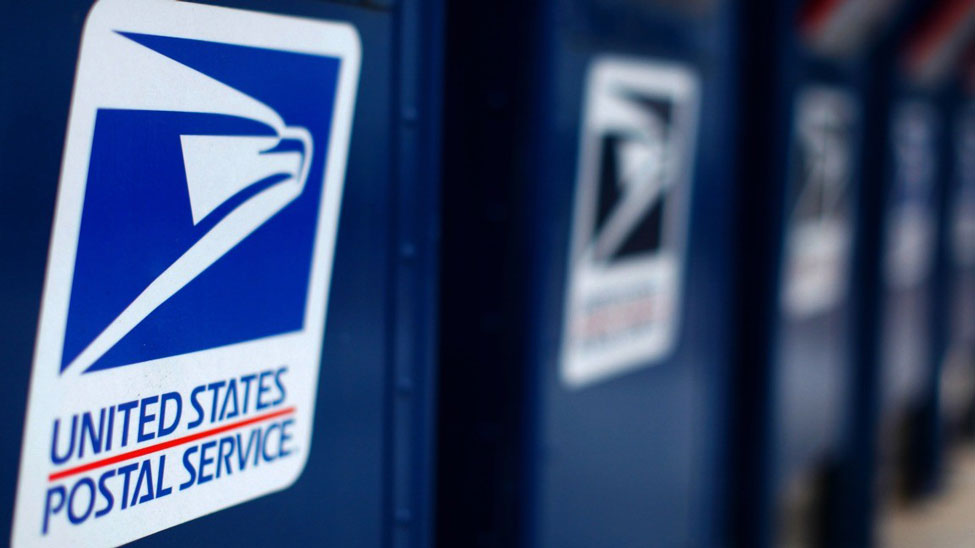
USPS: our modernization strategies are putting the Postal Service on an upward trajectory

The U.S. Postal Service today announced its financial results for the first quarter of fiscal year 2024 (Oct. 1, 2023 – Dec. 31, 2023). The net loss for the quarter totaled $2.1 billion, compared to a net loss of $1.0 billion for the same quarter last year.
Results for the quarter were negatively impacted primarily by non-cash workers’ compensation expenses due to actuarial revaluation and discount rate changes, the amortization of unfunded retiree pension liabilities, and the continued effect of inflation on operating expenses. Controllable income, as defined below, for the quarter was $472 million, compared to controllable income of $187 million for the same quarter last year, reflecting that the positive impacts of the Delivering for America plan are beginning to be realized.
Total operating revenue was $21.6 billion for the quarter, an increase of $115 million, or 0.5 percent, compared to the same quarter last year.
Revenue for the overall Shipping and Packages category increased $240 million, or 2.7 percent, on a volume increase of 98 million pieces, or 5.1 percent, compared to the same quarter last year. USPS Ground Advantage, the Postal Service’s shipping offering which provides a simple, reliable, and more affordable way to ship packages, has experienced wide adoption with both existing and new consumers and commercial customers. First-Class Mail revenue increased $171 million, or 2.6 percent, on a volume decline of 704 million pieces, or 5.6 percent, compared to the same quarter last year.
Marketing Mail revenue decreased $235 million, or 5.4 percent, on a volume decline of 2.4 billion pieces, or 13.5 percent, compared to the same quarter last year. The majority of the revenue and volume decreases are associated with political and election mail, which decreased by over $275 million and 1.3 billion pieces, respectively, compared to the same quarter last year, reflecting the impact of the 2022 mid-term and related primary elections in the prior year quarter. Absent the impact of these cyclical mailings, Marketing Mail’s adjusted results for the quarter would have been an increase in revenue of $40 million, or 0.9 percent, and a decrease in volume of 1.1 billion pieces, or 6.2 percent, respectively, compared to the same quarter last year.
Total operating expenses were $23.8 billion for the quarter, an increase of $1.1 billion, or 4.9 percent, compared to the same quarter last year. Excluding those costs that we cannot control such as retiree pension benefits expense for the amortization of underfunded Civil Service Retirement System (CSRS) and Federal Employee Retirement System (FERS) plans and workers’ compensation expenses caused by actuarial revaluation and discount rate changes, adjusted operating expenses decreased by $218 million, or 1.0 percent, compared to the same quarter last year.
“While we have noteworthy accomplishments, we have far to go on our transformation journey. However, our performance during the recent holiday quarter demonstrates that our modernization strategies are putting the Postal Service on an upward trajectory,” said Postmaster General Louis DeJoy. “We recorded revenue growth in the competitive shipping market, controlled costs more effectively, and expanded our controllable operating margin. We expect to continue this progress as we further implement the Delivering for America plan and transform our organization to better serve the American public.”
“While our first quarter saw package revenue growth, we continue to see inflation impacting our business,” said Chief Financial Officer Joseph Corbett. “We continue to implement components of the Delivering for America plan working towards financial stability. While full success of the plan will still require Administrative action on the apportionment of certain retiree pension benefit costs, we have been successful in managing the costs within our control, such as reducing work hours by 8 million hours and taking calculated steps to optimize our networks and decrease transportation costs.”









